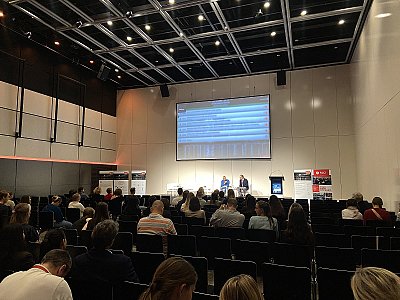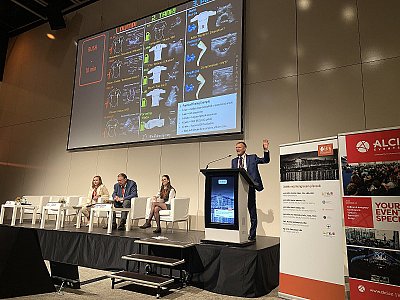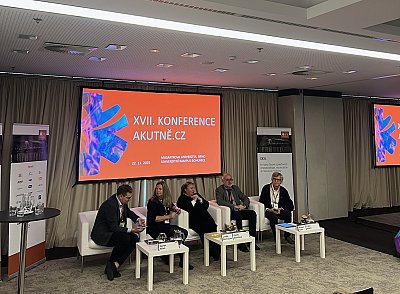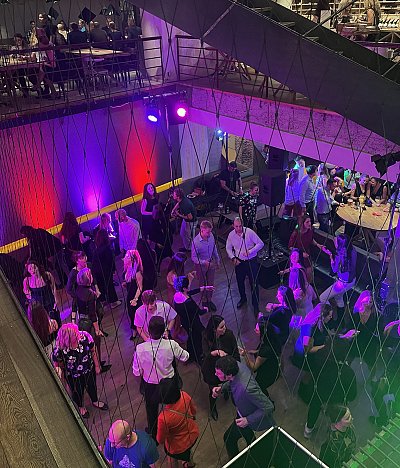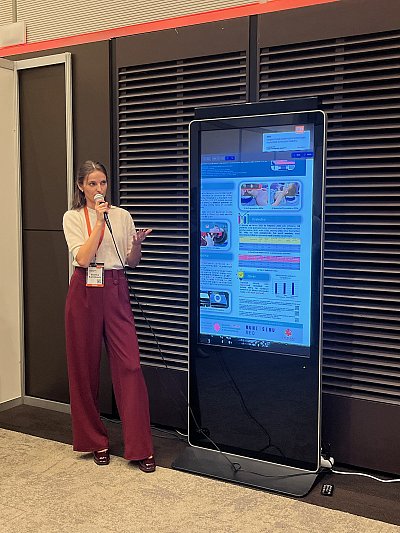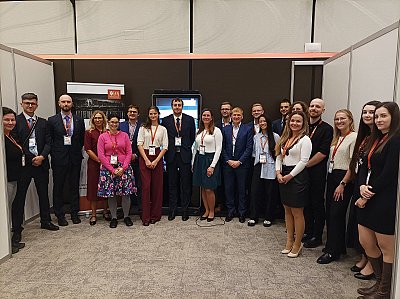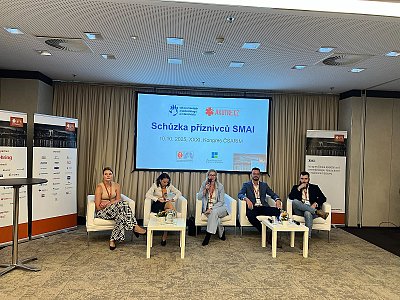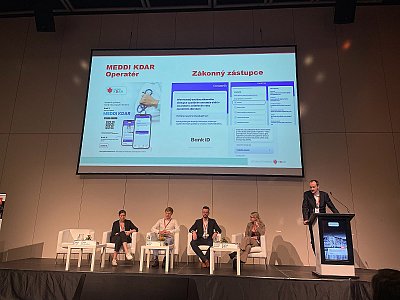The congress was a significant gathering of professionals in the fields of anesthesiology, intensive care, and emergency medicine, who came together to share current knowledge and experiences. The event had a scientific yet highly practical character and was marked by a spirit of interdisciplinary cooperation, education, and open discussion about the directions in which modern care for critically ill patients is heading.
The program covered a wide range of topics reflecting the complexity of the field. A substantial part was devoted to airway management, ventilation, and anesthesia, where new technological approaches were discussed alongside issues of safety and optimal method selection in various clinical scenarios. Experts also addressed the impact of anesthesia on brain function and cognition, including the prevention of postoperative delirium and other neurological complications. Special attention was paid to pediatric intensive care, focusing on the care of the youngest patients, modern support techniques, and possibilities for individualized treatment.
Another section of the program focused on emergency and critical situations, which are among the key domains of intensive medicine. Presentations explored approaches to the treatment of sepsis, organ failure, severe infections, and thromboembolic complications—situations where every second counts and coordinated teamwork is essential. There were also segments of regional and obstetric anesthesia, emphasizing the selection of suitable methods for different surgical procedures, prevention of complications, and management of high-risk cases. Participants also learned about the latest developments in coagulopathy management, transfusion strategies, and monitoring technologies, reflecting the growing trend toward precision and individualized patient care.
The congress placed strong emphasis not only on scientific presentations but also on education and the sharing of practical experience. Interactive forms of learning—such as case studies, simulations, workshops and discussions of real clinical scenarios—played an important role, helping participants practice decision-making in challenging situations. This strengthened the connection between theory and practice and highlighted the importance of effective communication and teamwork, which are vital in anaesthesia and intensive care. The need to educate young physicians, promote continuous professional development, and make use of modern teaching tools was also frequently mentioned.
Throughout the event, it became clear that modern anesthesiology and intensive care stand at the intersection of traditional approaches and rapidly advancing technologies, and that the key challenge lies in integrating these safely and effectively. Discussions repeatedly emphasized the need for individualized patient care, prevention of complications, and strong interdisciplinary cooperation. At the same time, it was underlined that beyond technology and scientific progress, human factors such as communication, empathy, and critical thinking remain fundamental to quality medical care.
Participants left with new impulses for their clinical work, aware that modern medicine depends on continuous learning, shared experience, and a commitment to seeking new ways to deliver safe and high-quality care to every patient.

